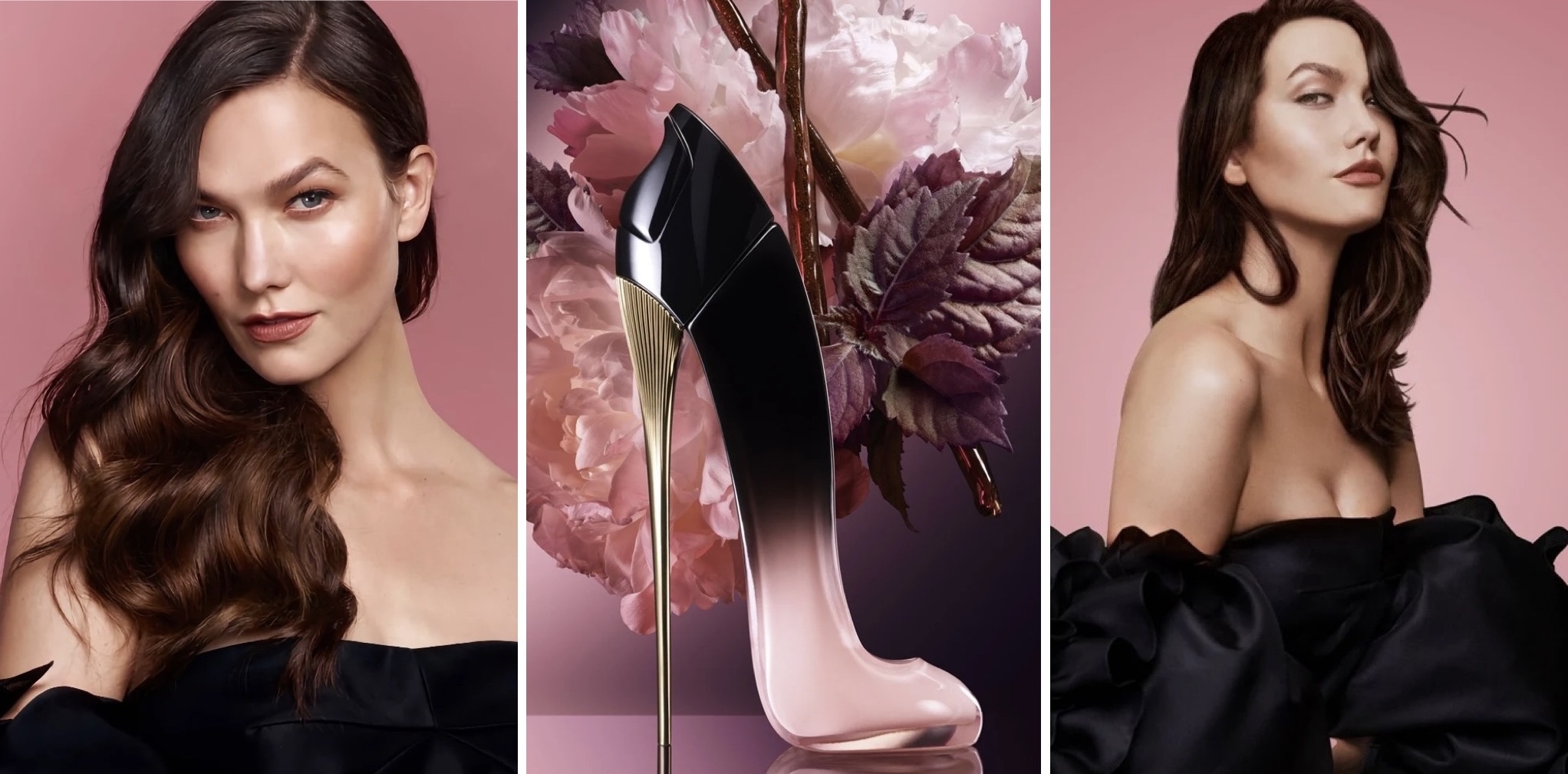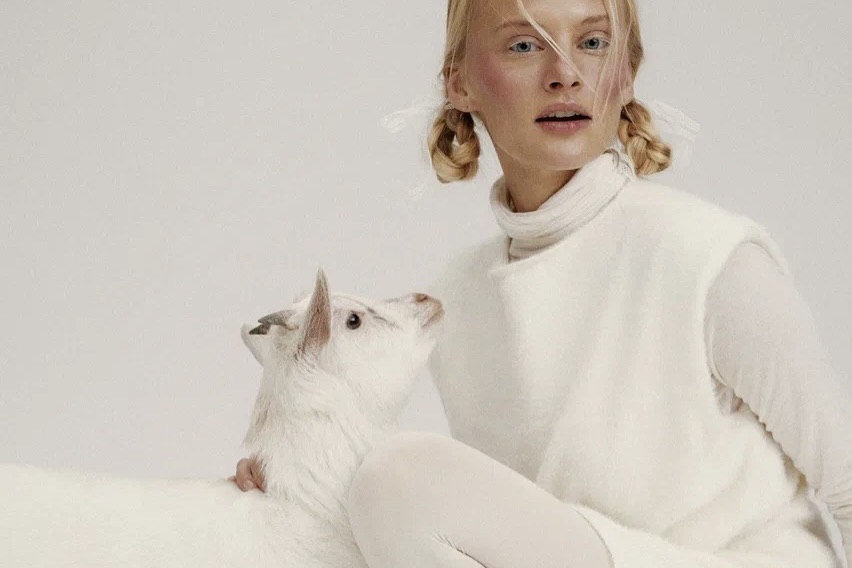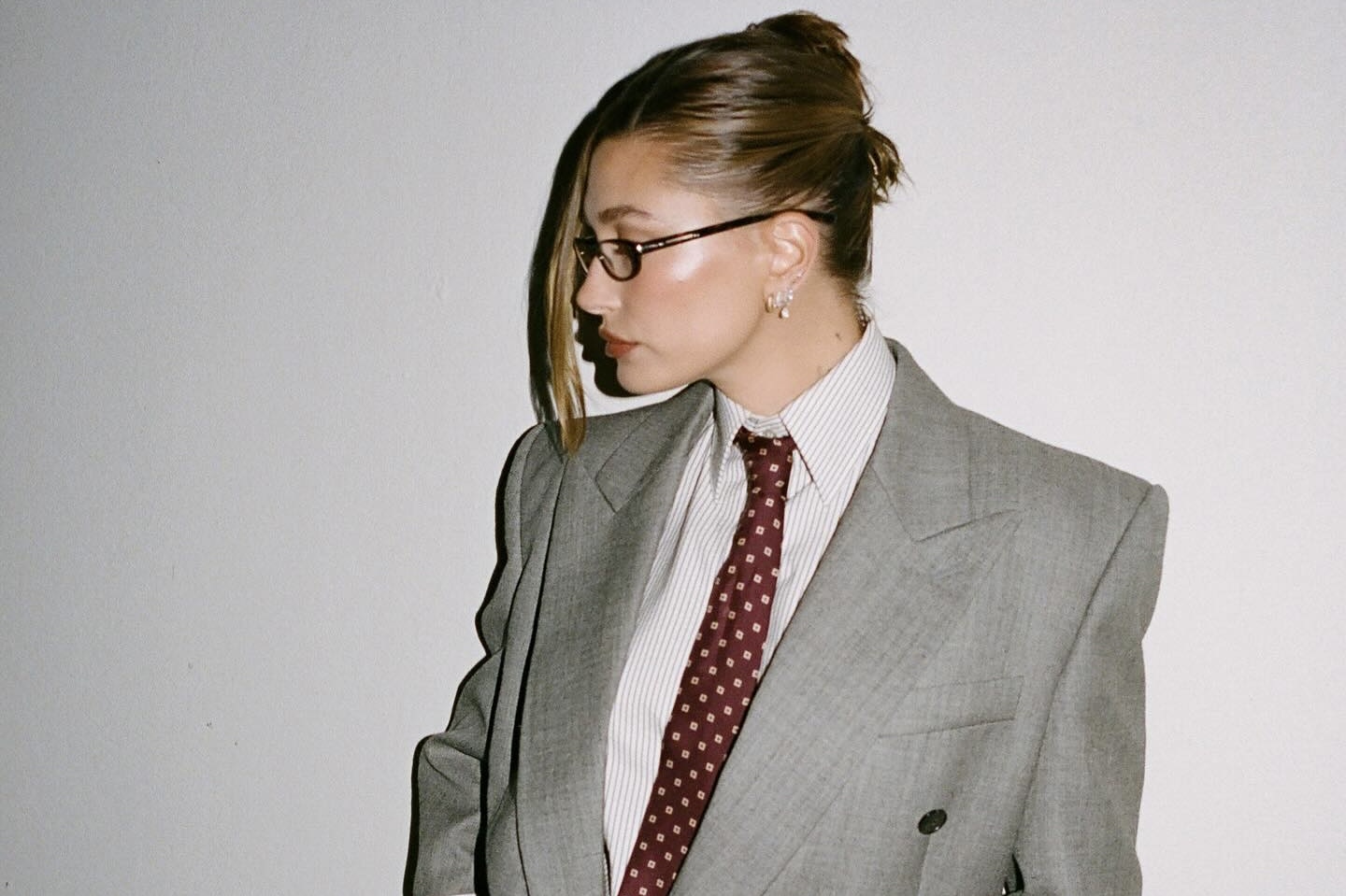Basic Wardrobe 2020
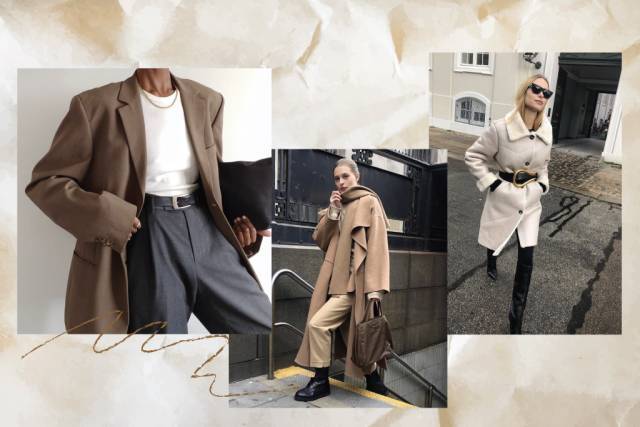
The basic wardrobe is a kind of "live" concept, which exists with you and changes with you if necessary. But this is how we plan it now, in 2020, when inflexible fashion rules and precepts were replaced by healthy individualism, flavored with seasonal trends and creative solutions from the world of not only fashion, but also cinema and art.
In 70’s, the founder of the basic wardrobe British Susie Foe believed in the the genius of her idea. It featured creating the so-called capsule of the two dozen clothes in regulated colors that are perfectly combined with each other. Back then, Susie's intentions were rather simple: to give women the formula of official-business style and give them more time for themselves. The idea was picked up by designers and marketers, and in the 80’s, basic wardrobe hit as an ideology. It returned again only in the 2010's. As we enter the new decade, we invite you to consider whether the concept of capsules is so true, as it is offered by glossy magazines, and what basic wardrobe we want to see in 2020.
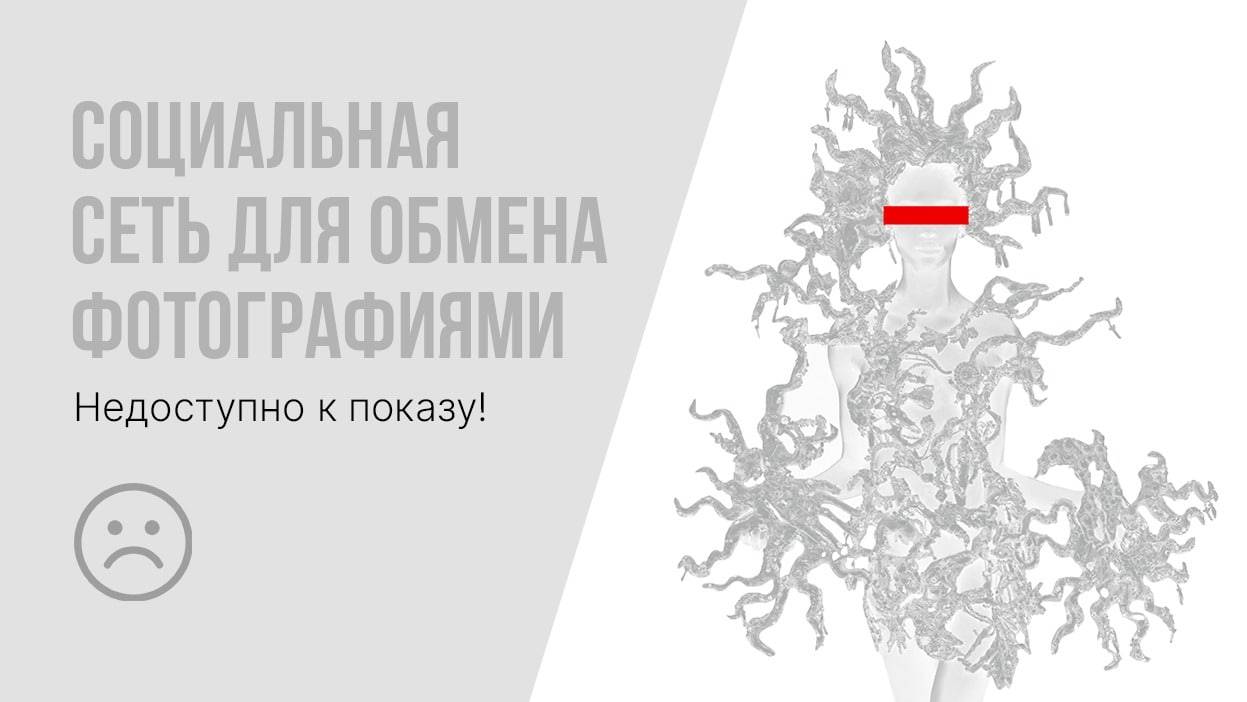
What is the fundamental error in the interpretation of the basic wardrobe?
The idea of a capsule wardrobe itself is not so bad, because it offers you to come to your closet with a cool head and analyze whether all items there are matching. We face side effects of a basic wardrobe, which will supposedly satisfy the needs of any of us, only when discover that it's just a strict set of rules. The skirt should be of a certain length, which "fits everyone", the shoes have to be of specified color, and coat of a definite style. You are persuaded to properly clean the closet and buy finally right things. Along the way, you are promised that it will be much easier to make clothing sets in the morning, and you'll spend less on shopping. But for now you need to purchase the base that was invented by someone else and spend a substantial amount of money. You are assured that it’s wiser to forget about your own style and follow uniformitarianism: to buy the same beige coat, black shoes and a white shirt, just like your colleagues in the office. But is this the effect we are looking for from the perfect wardrobe?


How to actually generate your personal basic wardrobe?
Try to practice the "inverted hangers" method: place the hangers in your closet in one direction and then within a month hang back the clothes you use after washing on hangers with the reverse side – so you can understand what clothes you wear often, and make a real wardrobe on this base. The reference to life is extremely important to determine comfortable styles and the logic of combinations, and then to work with the changes based on your objective preferences, and not the illusions about your own style. This method helps to analyze your true tastes and get to know yourself better – as the therapy session for self-improvement, but not from psychology, but from the world of fashion.

How to continue working with your basic wardrobe?
Before you succumb to speculation of glossy magazines and run to invest in everything bright, bold and trendy, think about what you lack in the basic wardrobe. Are you satisfied with its content or you need to buy something important? If we are talking about clothes, which will appear in various combinations, it is worth investing in it. Are you happy with the existing color scheme or would you like to expand it? As a starting point, take your favorite colors and look for synonymous shades: beige with pastel pink, dark blue with grey, light grey with mint, etc. Do you want to add sexuality or, conversely, to do a capsule set safer and more comfortable? Following the same principle, look for clothes that fall under the concept of "sexy" or "cozy" and don’t contradict your own worldview.



What about recent trends?
You should always use seasonal trends as a source of inspiration to work on your personal basic wardrobe. And don't let anyone tell you otherwise. To hunt for trendy clothes doesn’t mean to buy a ridiculous hoodie from Balenciaga, as on the cover of a magazine. But uou may dive into the study of the season's trends and select suitable quotes. Someone like bourgeois plaid skirt from Celine, and someone is interested in vintage jacquard from Delpozo featuring a print of large roses. It’s not necessary to copy the look as a whole when you are inspired only by some detail, texture or accessory. You don’t have to make an impressive investment in your capsule wardrobe. Learn to feel your relationship with clothing, shoes and accessories and look for new items at the level of intuition – pay attention to what personally touches and inspires. For example, if the fuchsia and black leather is not what you want, then maybe comfortable platform shoes are just what you were looking for? After all, clothes in the modern world is a way to tell your story. And it’s up to you to decide how much eloquent you want to be.


